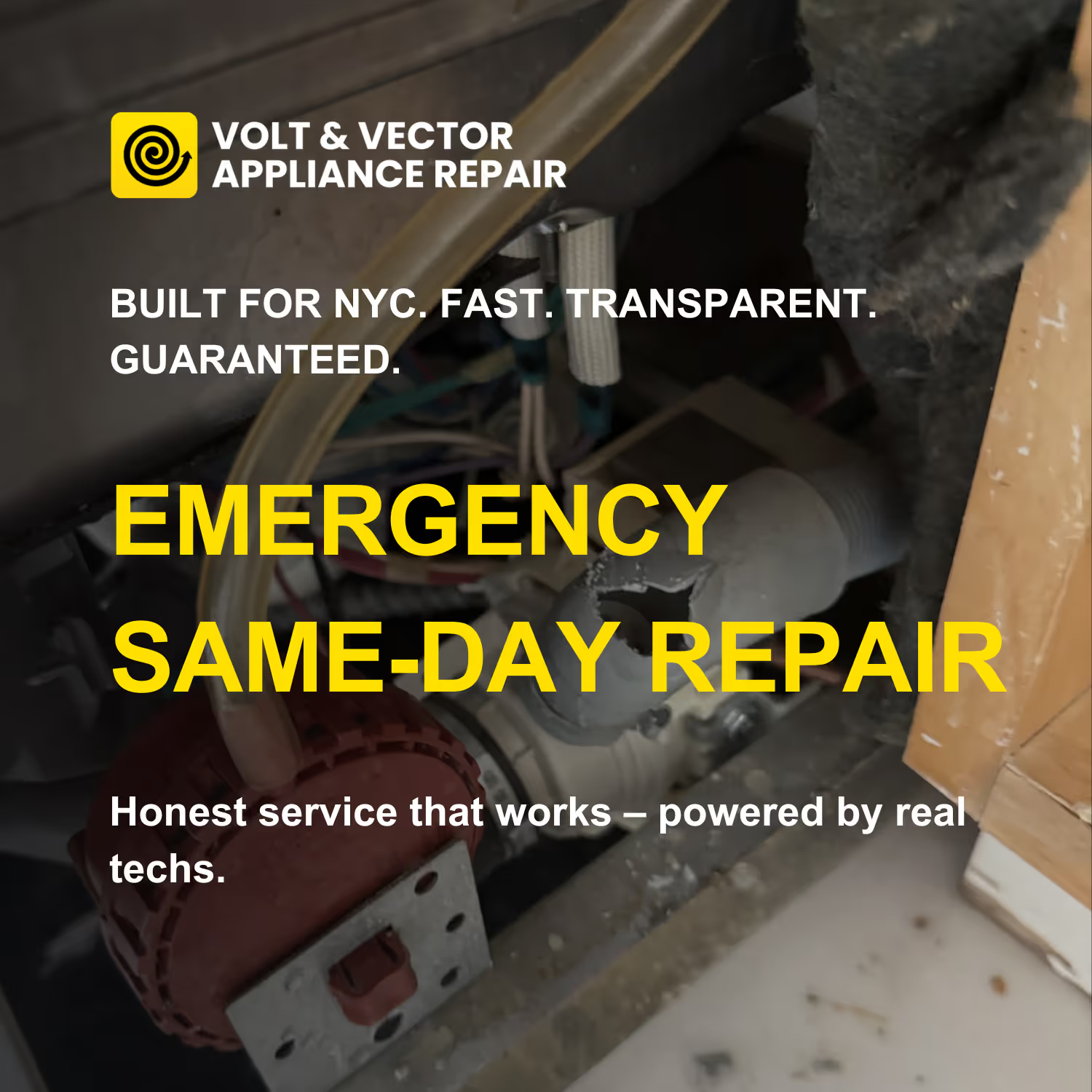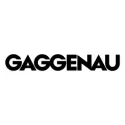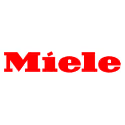Professional Dishwasher Repair in NYC - Fast, Transparent, Guaranteed
Volt & Vector Appliance Repair
24 Google reviews
Get fast and accurate dishwasher repair services. Our expert technicians diagnose and resolve issues efficiently, ensuring your appliance runs like new. Volt & Vector is a licensed and insured appliance-repair company based in Downtown Brooklyn, serving Brooklyn and Manhattan below 96th Street.
Local techs:
+1 (332) 333-1709
.avif)

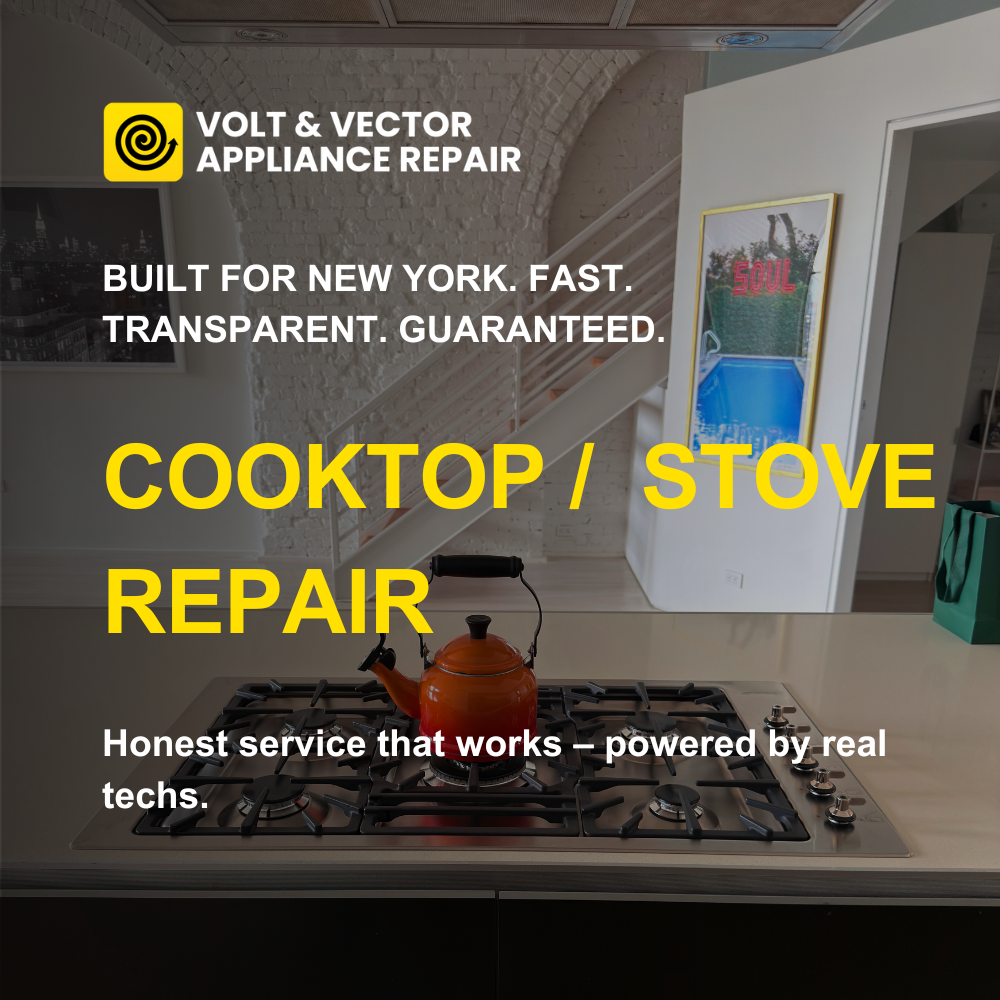
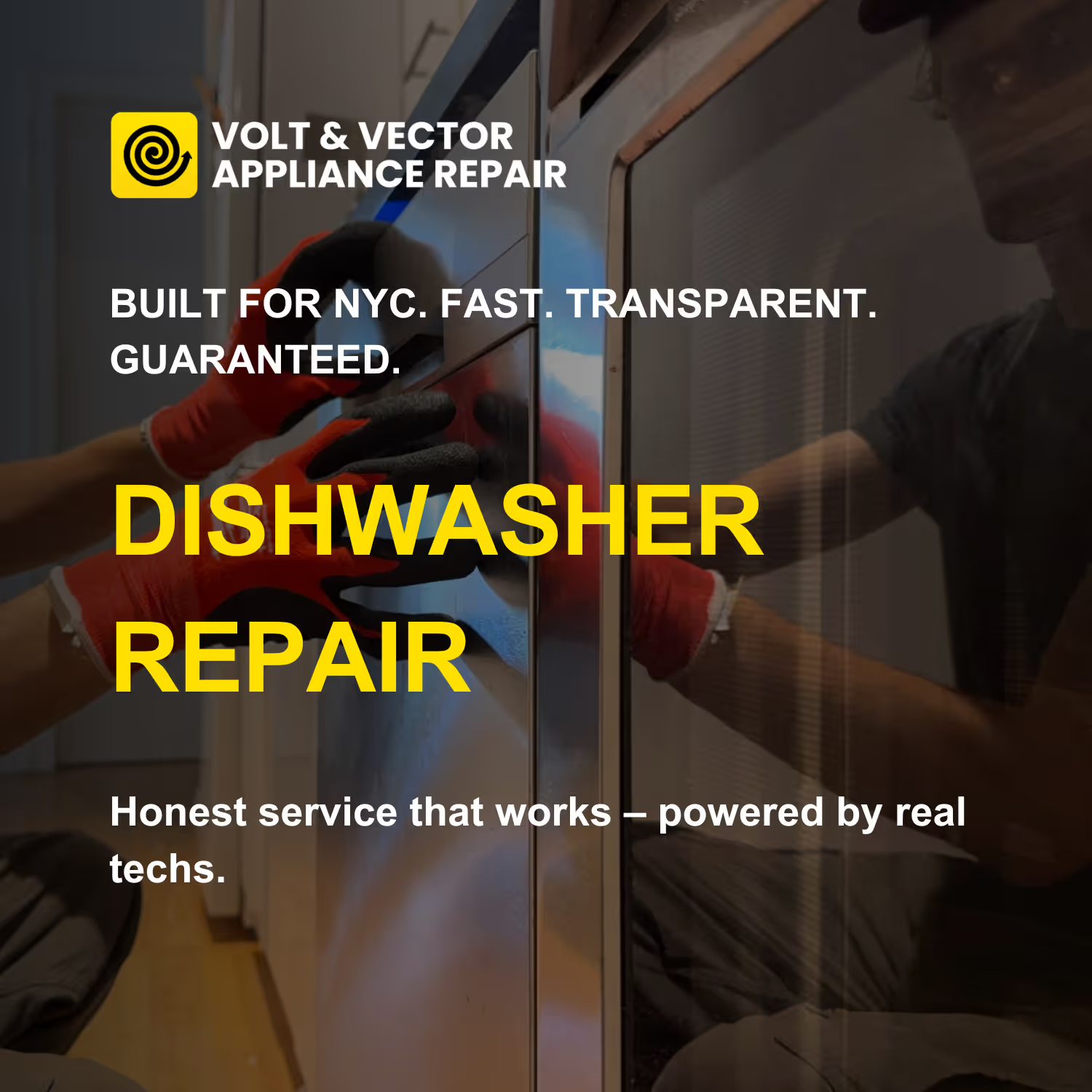
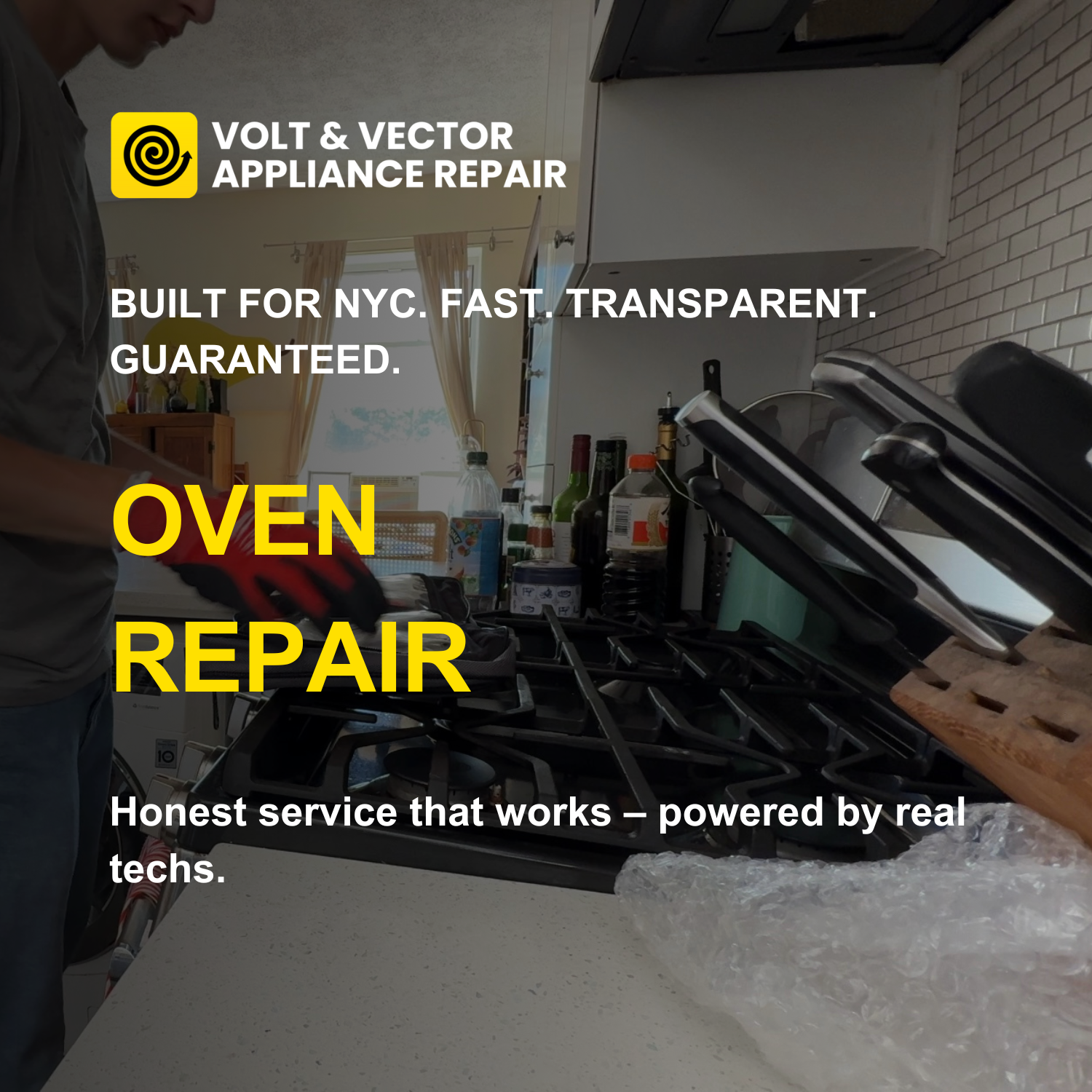

.avif)
.avif)
.avif)
.avif)
